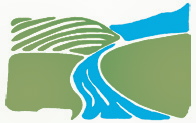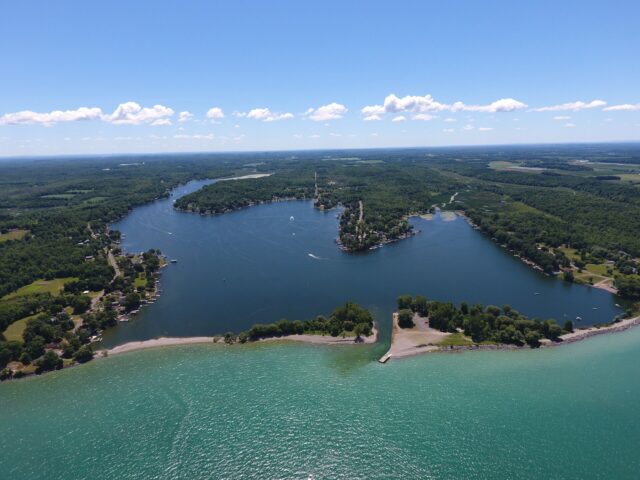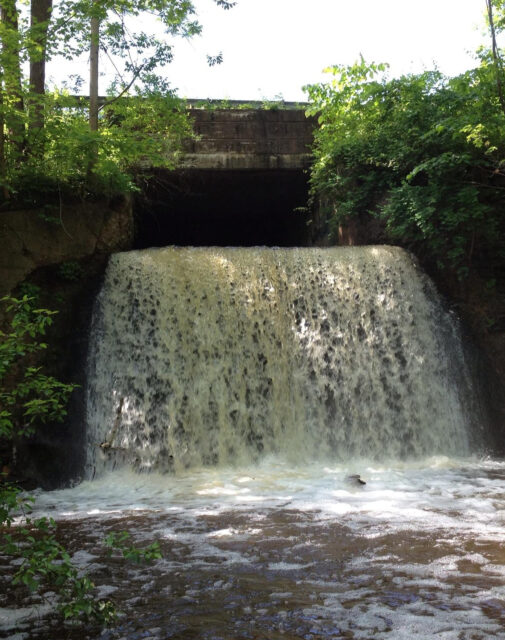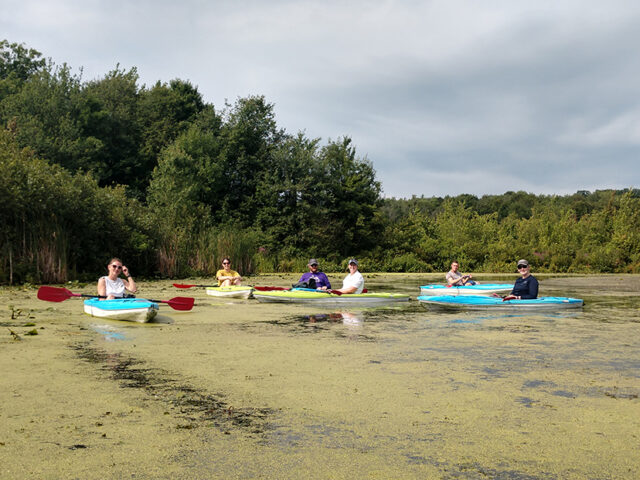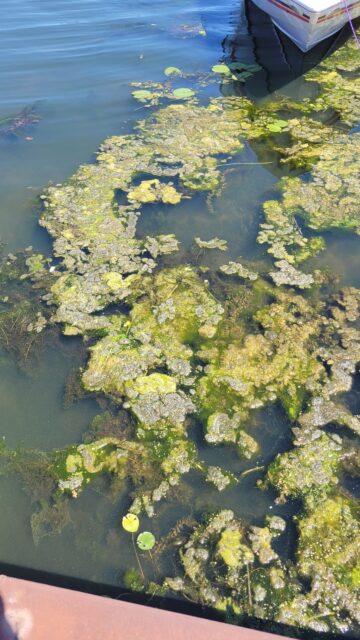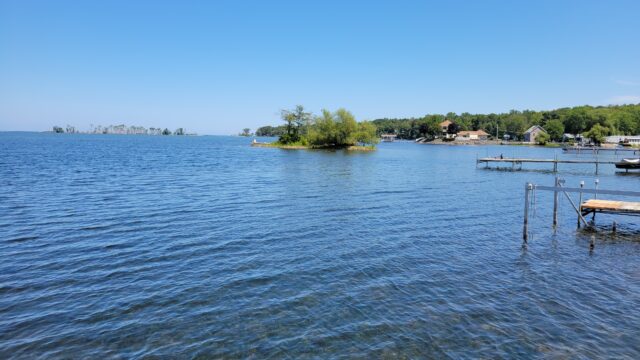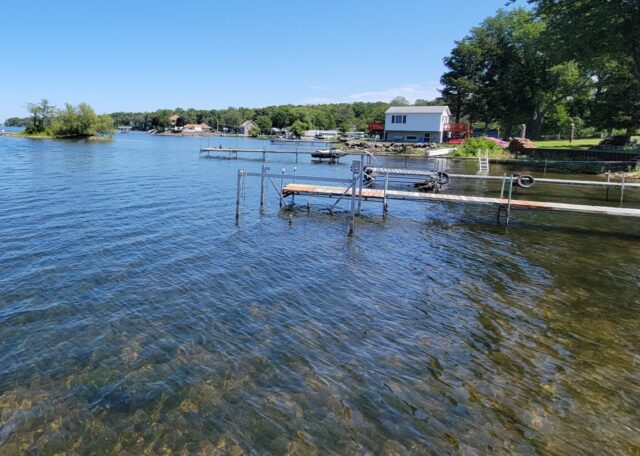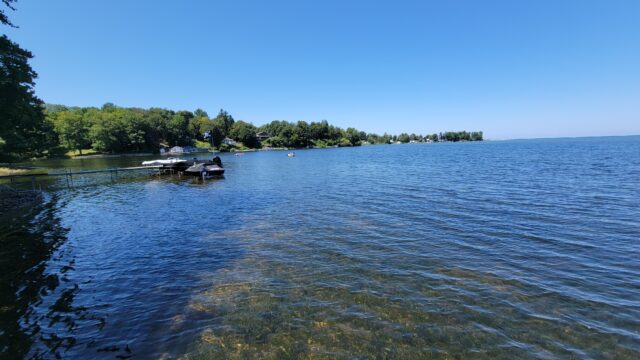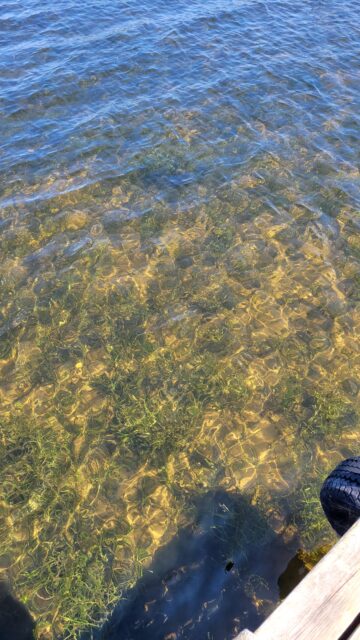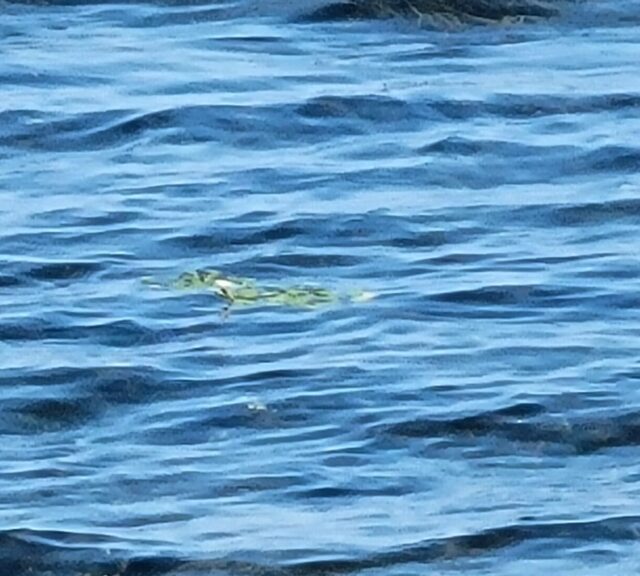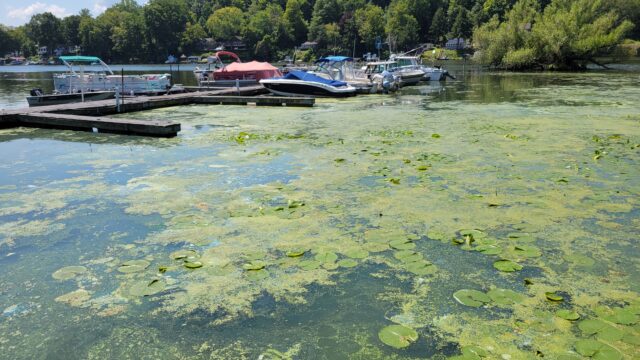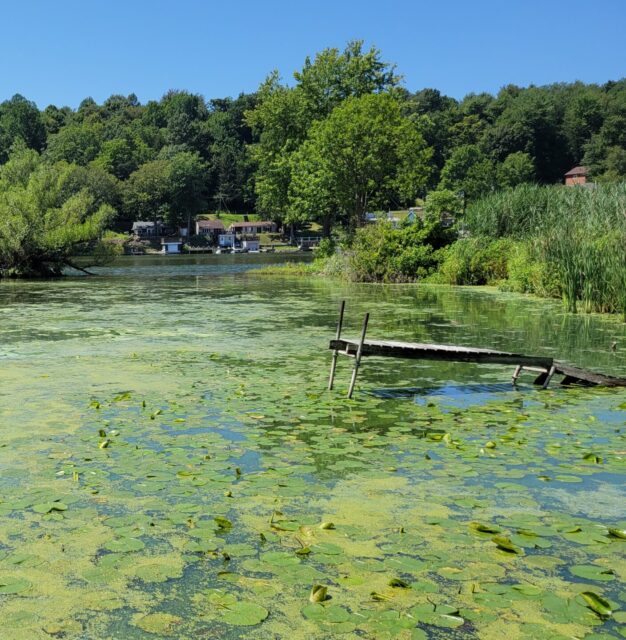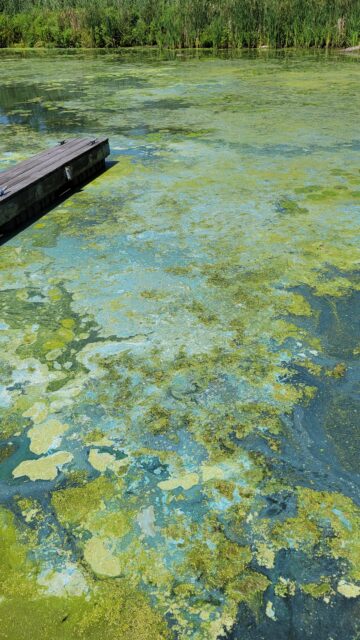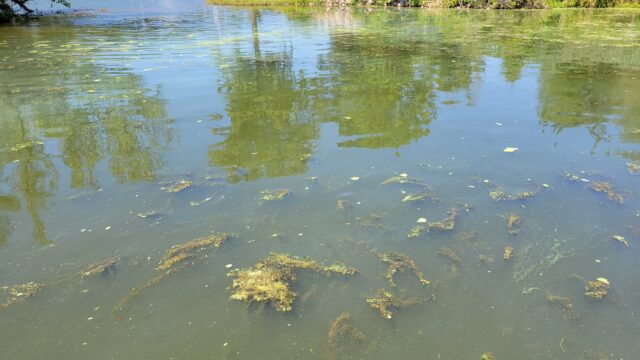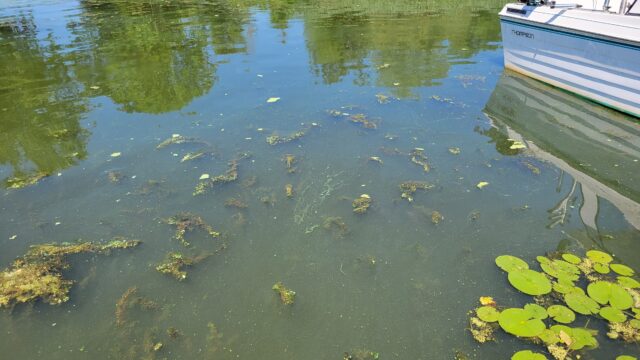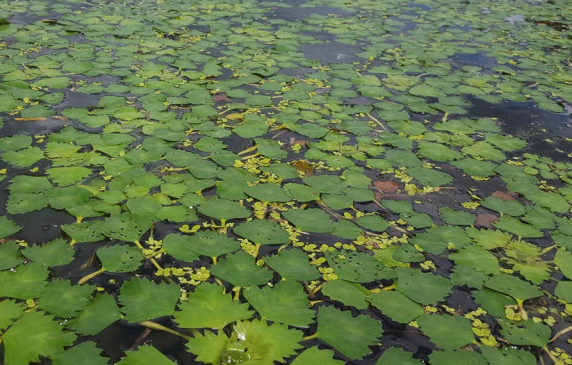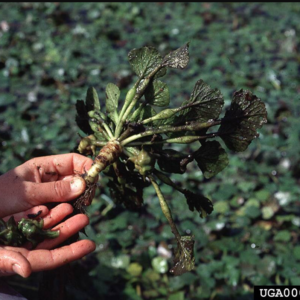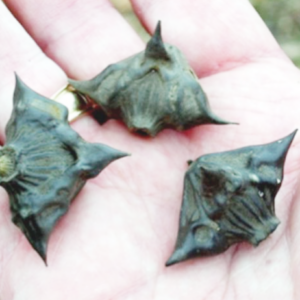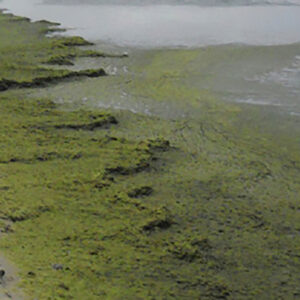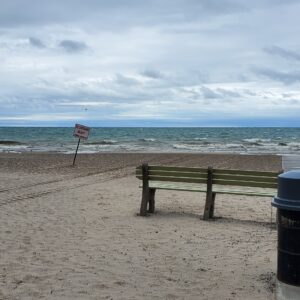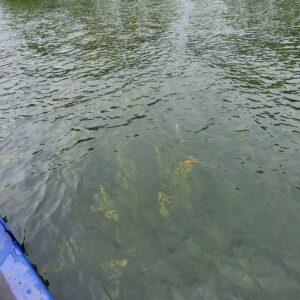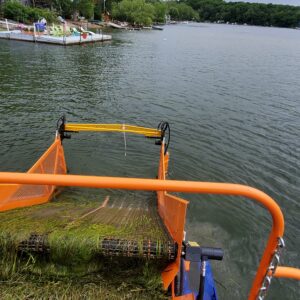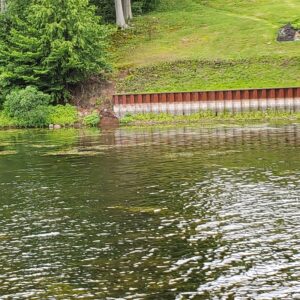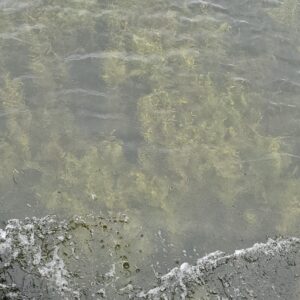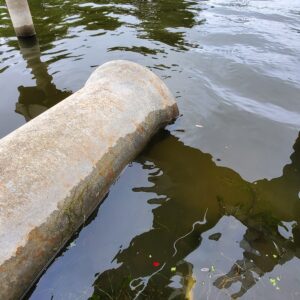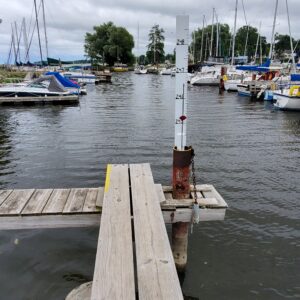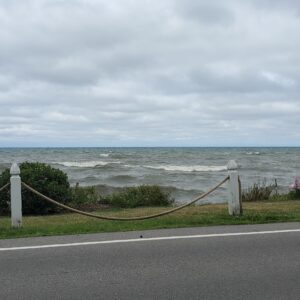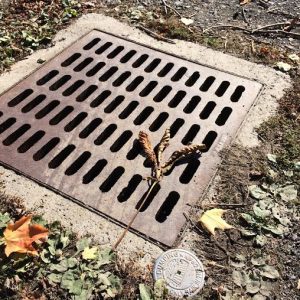 Now is the time of year to be conscious of the yard and garden clean-up. Make sure you keep leaves and grass out of storm drains. Fallen leaves and grass clippings can plug storm drains and can cause flooding to our roadways. If yard waste such as leaves, grass clippings, and small twigs are disposed of in a storm drain, they will make their way to a natural body of water where they threaten aquatic life and degrade water quality.
Now is the time of year to be conscious of the yard and garden clean-up. Make sure you keep leaves and grass out of storm drains. Fallen leaves and grass clippings can plug storm drains and can cause flooding to our roadways. If yard waste such as leaves, grass clippings, and small twigs are disposed of in a storm drain, they will make their way to a natural body of water where they threaten aquatic life and degrade water quality.
Don’t feel obligated to rake up every last leaf in your yard this fall. Let some leaves stay on the ground — they have many benefits to wildlife and the garden. A 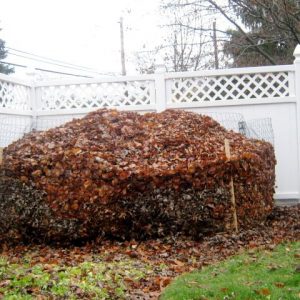 leaf layer sometimes called duff, several inches deep is natural on forest floors. This leaf layer is its own mini-ecosystem! Many wildlife species live in or rely on the leaf layer to find food like earthworms and other beneficial microbes.
leaf layer sometimes called duff, several inches deep is natural on forest floors. This leaf layer is its own mini-ecosystem! Many wildlife species live in or rely on the leaf layer to find food like earthworms and other beneficial microbes.
From a gardening perspective, fallen leaves offer a double benefit. Leaves will form a natural mulch that helps suppress weeds and at the same time fertilize the soil as they break down. Why spend money on mulch and fertilizer when you can make your own? Here is a great video on how to create leaf mold, it takes a few years, but it is considered garden gold. Farmer’s Almanac page.
If leaves must be racked, don’t throw them in the trash. Compost them or drop them off at a municipal recycling center so they can be turned into compost that you and other members of your community can use in the spring. Some communities even offer curb-side pick up of leaves specifically for municipal composting operations.
- Leaves make good insulation for overwintering tender perennials. The best time to mulch perennials is after the ground has frozen, so put aside shredded leaves in bags to use later in the fall.
- Mow leaves and clippings into the lawn, lawns actually benefit from thin layers of leaves. Leaf litter improves the soil, lessening the need for fertilizer in the spring.
- Leaf humus can lighten heavy clay soils, so leave a layer in the garden.
- Leaves increase the moisture retention of dry, sandy soils.
The Wayne County Master Gardeners can offer more information, visit http://ccewayne.org/gardening-home-grounds
Happy Raking!
